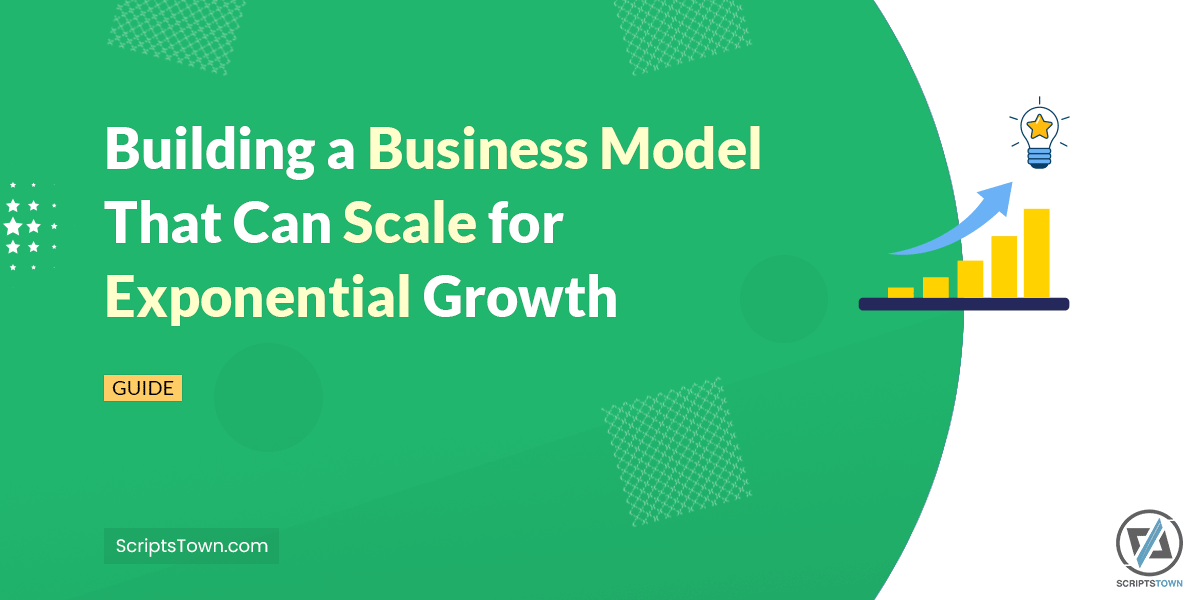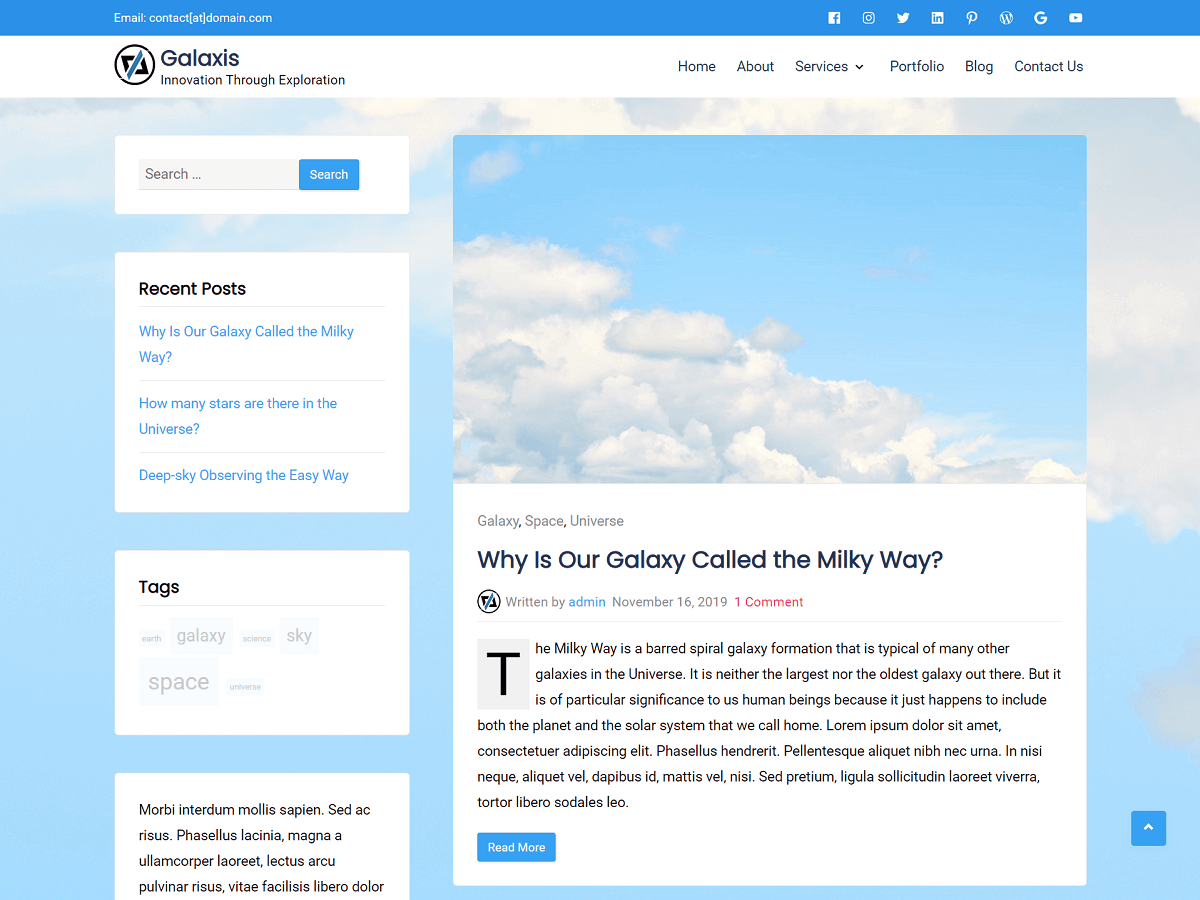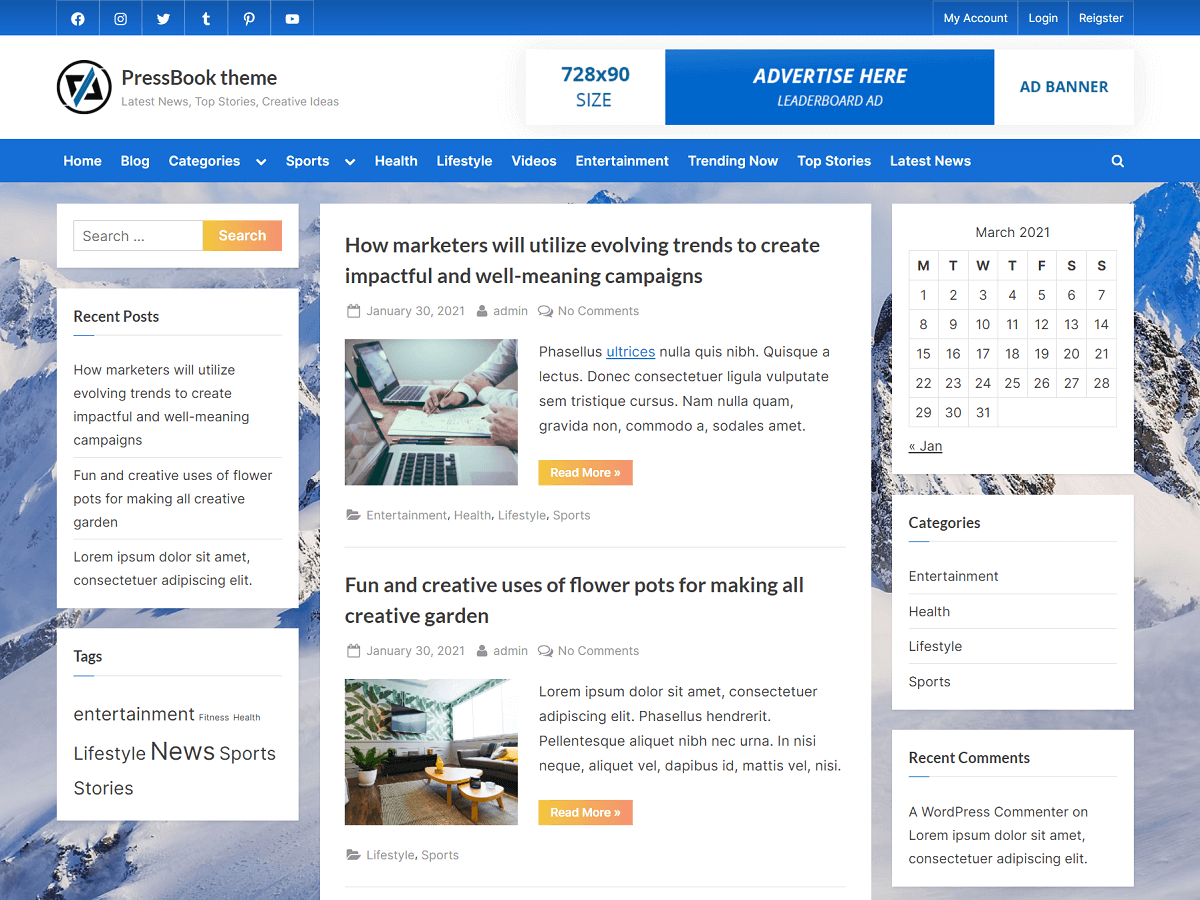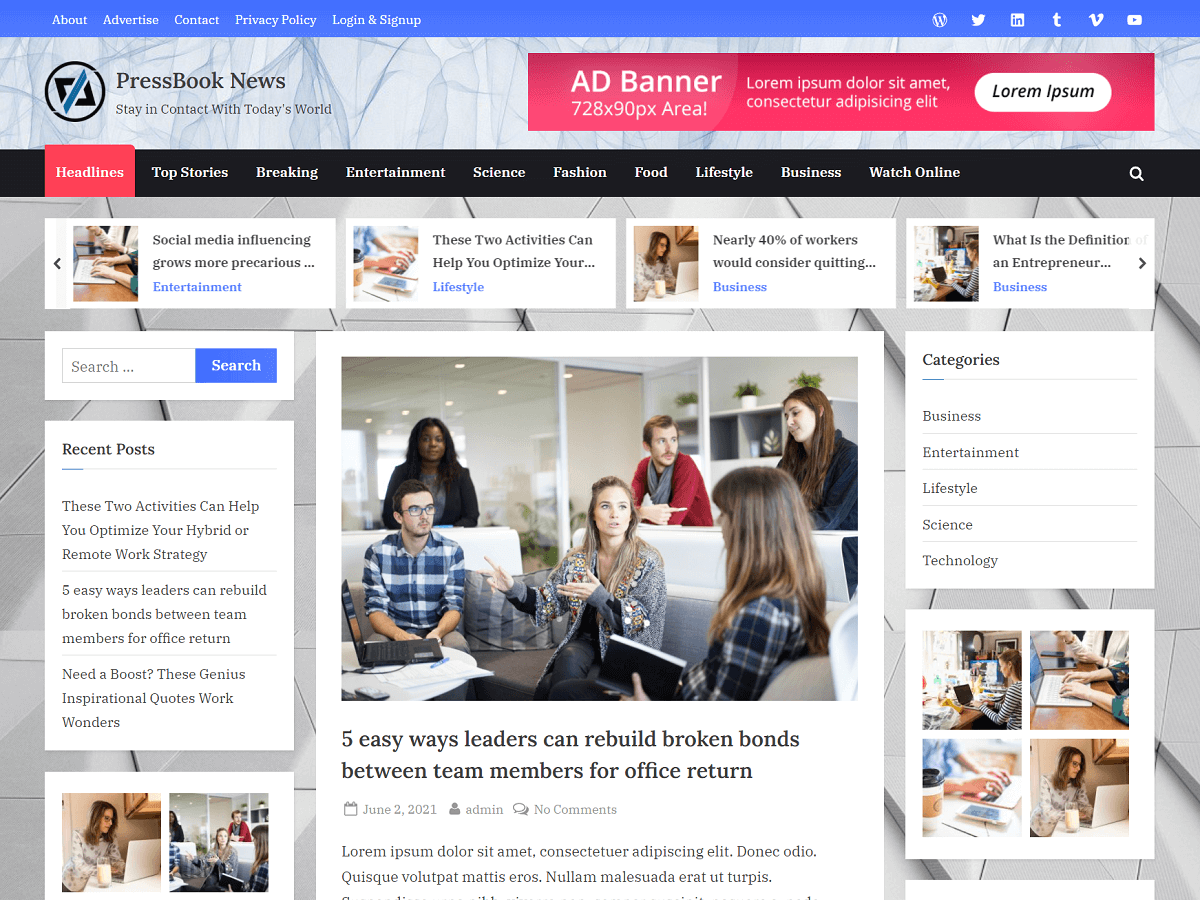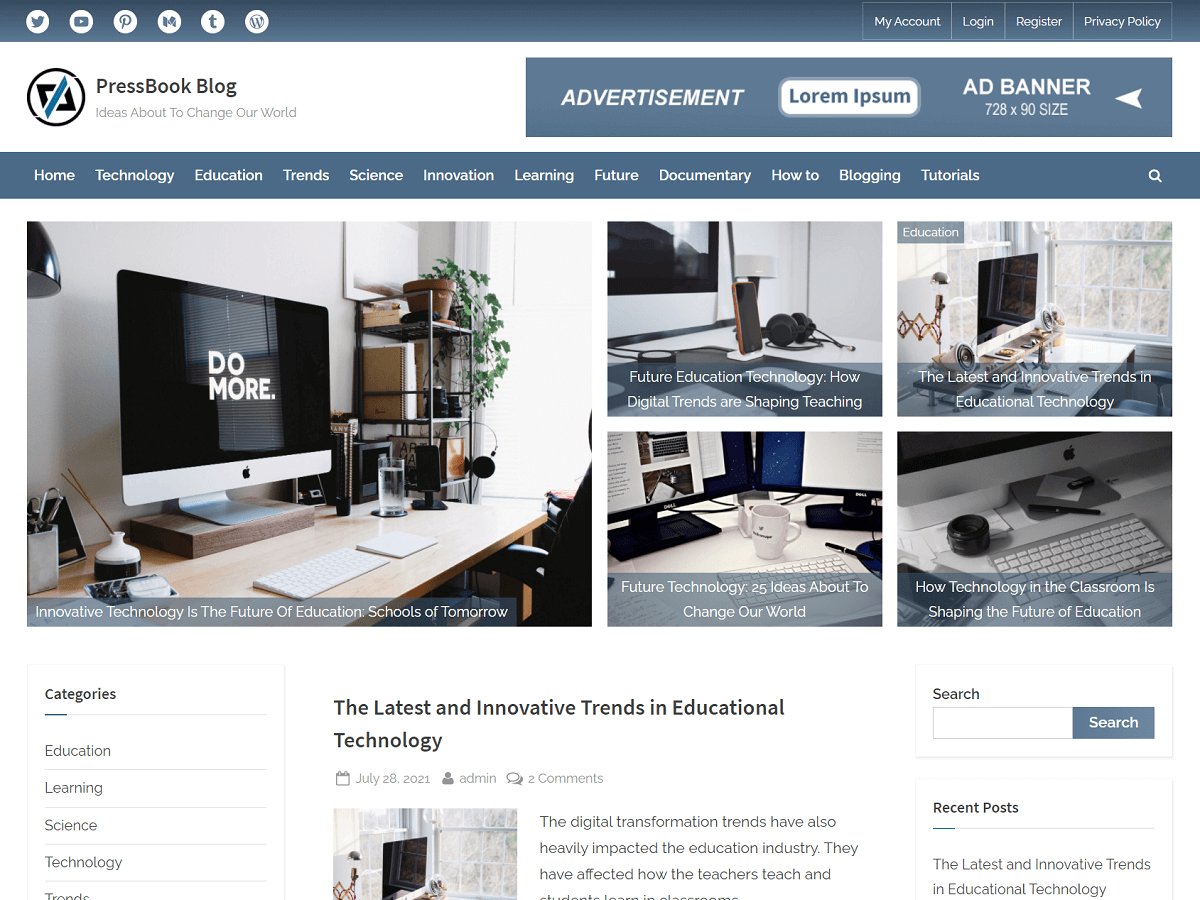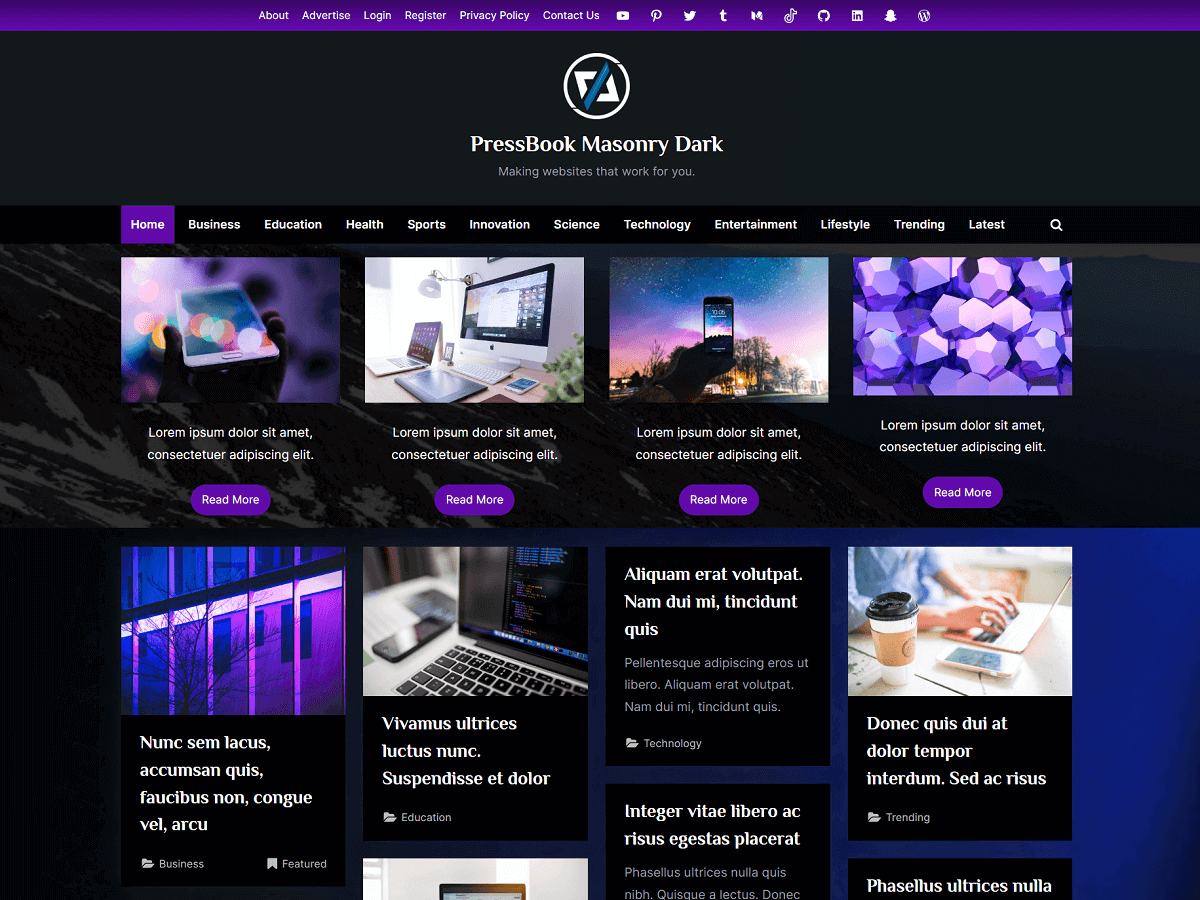A truly scalable business grows exponentially, expanding to meet rising demand without a proportional increase in cost or complexity. It can grow massively without costs rising at the same pace. It can efficiently expand its operations, reach new customers, and increase revenue without being limited by its existing structure or resources.
Building a business model that can achieve exponential growth requires designing systems, processes, and revenue models that become more efficient and valuable as they expand. This article explores key principles and practical strategies for building a business model engineered for exponential scaling.
Focus on Solving Scalable Problems
Building a business model that scales starts by targeting problems that affect large markets or have the potential to grow significantly over time. Scalable problems affect large user bases or industries. These problems should ideally intensify as more customers or users engage with your solution, creating natural momentum for expansion.
The scalability of the problem directly impacts how far and how fast your business can grow without fundamental restructuring. The most scalable problems often involve inefficiencies in large markets, connection gaps between fragmented groups, or emerging needs driven by technological or societal shifts.
To identify truly scalable problems, you need to look beyond immediate market opportunities and consider long-term trends. For example, Amazon started by selling books online but solved the broader problem of convenient retail access. Their solution could expand to virtually any product category, enabling their exponential growth.
Similarly, Zoom addressed not just video conferencing but the broader challenge of remote communication that applies to education, healthcare, business, and personal connections. This wide applicability created multiple expansion paths as they scaled.
Key Insights:
- Target problems that grow larger across multiple industries or regions.
- Select challenges that intensify rather than diminish with more customers. Solving the problem should create new opportunities that you can capitalize on later.
- Choose underlying issues that span multiple market segments.
- Look for solutions that can expand to multiple product categories.
- Remove growth barriers by tackling foundational issues in your industry.
- Ensure your core solution architecture can grow without rebuilding.
Recognize When Your Business is Ready to Scale
Scaling too early can destroy a business just as quickly as scaling too late. Many businesses fail not because their model was wrong, but because they tried to grow before they had the right foundation in place. Before you attempt rapid expansion, you need clear evidence that scaling makes sense.
You’re ready to scale when you have consistent demand that exceeds your current capacity. This means customers are actively seeking your product or service, and you’re turning away business or creating wait times because you cannot serve everyone. If you need to push hard to generate each sale, you’re not ready to scale yet.
Signs You Are Ready to Scale:
Before scaling, your business should feel stable, predictable, and under control.
Proven Unit Economics
Your unit economics must be validated and profitable before scaling. You must generate more revenue per customer than your total cost to acquire, onboard, and serve them.
Proven unit economics means:
- Each sale is profitable on its own.
- Customer revenue clearly exceeds marketing, sales, and service costs.
- Costs are predictable and well understood.
- Growth increases profit, not losses.
If each sale or transaction loses money, growing the business will only increase losses faster. Fix pricing, costs, or the business model before trying to scale.
Repeatable, Standardized Processes
You must have repeatable, standardized processes that deliver consistent results. Performance and quality should not depend on individual team members.
Repeatable processes mean:
- Tasks and workflows are clearly defined and documented.
- New team members can be trained quickly.
- Quality and results stay consistent as volume increases.
- The business does not slow down or break when someone is unavailable.
If results depend on specific people instead of clear systems, growth will be fragile and stressful. Standardize and document core processes so the business can grow smoothly, consistently, and reliably over time.
Strong Customer Retention
Your core product or service must have strong retention. If people buy once and disappear, growth will not fix the problem. Scaling in that situation only means spending more money to bring in new customers who also leave quickly.
Strong retention shows that:
- Customers clearly see value in what you offer.
- The product or service solves a real problem.
- People are willing to buy again, renew, or stay longer.
- Revenue grows from existing customers, not only new ones.
If customers do not return or continue using your product, fix the product and customer experience before trying to grow.
Scalable Customer Acquisition
You need early proof that at least one way of acquiring customers can grow efficiently. This means you have tested multiple marketing and sales channels and found one that can bring in more customers without costs rising at the same rate.
Scalable acquisition means:
- You can increase reach and volume without doubling spend.
- Results improve with testing, optimization, and repetition.
- Customer acquisition becomes more efficient over time.
If every new customer costs the same or more to acquire than the last one, your growth will be slow and expensive. Find more efficient and repeatable channels before scaling.
Operational Capacity
Your team, tools, and systems must be able to handle at least twice your current volume without major breakdowns.
Operational readiness includes:
- Enough staff and clear roles.
- Systems that can handle higher volume.
- Consistent service or product quality.
- Extra capacity built in for busy periods.
Build in some buffer capacity and strengthen your operations before pushing for faster, more aggressive growth.
Clear Signs You Are Not Ready to Scale:
- Constantly dealing with operational issues and breakdowns.
- Frequent customer complaints or refund requests.
- Inability to maintain quality standards as volume increases.
- Processes are unclear, undocumented, or inconsistent.
- The business depends on specific people to function.
- Investing heavily in growth before achieving clear product-market fit, when customers are not yet consistently buying, using, and valuing the product.
- Negative cash flow with no clear path to profitability.
If you see these clear warning signs, do not push for growth yet. Fix the fundamentals first. Improving product value, customer experience, operations, and financial stability now will make growth easier, cheaper, and far more successful later.
Design for Network Effects
Network effects occur when each additional user increases the value of your product or service for existing users, creating a self-reinforcing growth cycle.
Marketplace businesses illustrate dual-sided network effects. This means that as more sellers join the platform, buyers benefit from greater variety and competitive pricing. In turn, more buyers attract additional sellers looking to reach a larger audience.
To design for network effects, you need to deliberately structure your business model to facilitate connections and interactions between users or complementary services. Platforms like LinkedIn demonstrate this principle — each new professional who joins makes the network more valuable for existing users, recruiters, and companies.
The most powerful network effects increase a product’s usefulness as more people use it, while also encouraging users to stay. Over time, combining different types of network effects creates reinforcing loops that drive growth and make the business more resilient.
Key Insights:
- Build platforms where connections between users multiply value for everyone.
- Reward early adopters for bringing others into your ecosystem.
- Create features that become dramatically more useful as user numbers increase.
- Find ways to reduce friction in user interactions to accelerate network growth.
- Balance openness with value capture to ensure your business can monetize the network you create and support long-term monetization.
Use Technology as a Leverage Point
When technology is properly leveraged, businesses can scale revenue dramatically while keeping operational costs relatively flat, creating expanding profit margins as they grow. Truly scalable businesses achieve near-zero marginal costs for serving additional customers.
Strategic technology deployment empowers businesses to automate processes, personalize experiences, and achieve operational efficiencies. For example, Spotify’s technology stacks serve millions of concurrent users while still personalizing each experience.
Likewise, substantial upfront investments in manufacturing technology and automation can dramatically lower labor costs per unit as production volumes increase.
Key Insights:
- Break through capacity constraints with technologies that eliminate manual bottlenecks.
- Build flexible tech architecture ready for 10x or 100x volume increases.
- Connect systems through APIs that enable modular growth and integration.
- Develop proprietary technology assets that competitors can’t easily replicate.
Create Recurring Revenue Streams
Recurring revenue models provide a steady and predictable revenue that compounds over time. This stability helps businesses plan for the future and make long-term investments. It also reduces customer acquisition costs by improving lifetime value.
Subscription services, membership models, and software-as-a-service (SaaS) are clear examples of successful business models that create this predictable growth pattern.
Key Insights:
- Deliver continuous value that makes ongoing payment feel justified and beneficial.
- Structure tiered pricing that grows revenue as customers derive more value.
- Offer additional features that complement your core service for revenue expansion.
- Blend subscription and usage-based pricing to capture growth from all angles.
- Track vital metrics like monthly recurring revenue and customer lifetime value.
Design for Operational Efficiency at Scale
Scalable businesses design their operations with systematic approaches that maintain or improve efficiency as volume increases. This requires implementing processes that benefit from economies of scale instead of becoming more complex with size.
To create operationally efficient models, you need to identify and eliminate potential bottlenecks before they hinder growth. For instance, Amazon continuously optimizes its fulfillment operations to manage the exponential growth in order volume.
Key Insights:
- Create simple, repeatable processes that maintain quality as you scale.
- Map critical operational processes to identify obstacles before they limit growth.
- Develop capacity planning models that anticipate resource needs ahead of time.
- Build redundancy into critical systems without creating excessive overhead costs.
Build Modular Systems
A modular business model enables companies to scale rapidly by allowing independent development, optimization, and replacement of specific components without disrupting the entire system. This approach creates flexibility that supports both incremental improvements and major shifts when market conditions change.
A well-designed modular system enables business to experiment quickly, incorporate successful innovations, and eliminate underperforming elements without destabilizing their core value proposition.
Modularity extends beyond technology to include organizational structures, product offerings, and go-to-market strategies. It reduces complexity while increasing adaptability.
Autonomous business units enable organizations to maintain entrepreneurial speed and accountability as they scale. This structure allows teams with clear objectives, decision-making authority, and resources to pursue specific market opportunities while maintaining alignment with overall company strategy.
Key Insights:
- Define clear interfaces between different parts of your business for autonomous and scalable development.
- Set consistent standards so new elements integrate smoothly with existing systems.
- Design your core capabilities to be easily extendable by partners and third parties through clear, well-documented interfaces.
- Allow decentralized innovation while maintaining system integrity.
- Create reusable components that can recombine to address new market opportunities.
- Define clear, non-overlapping domains of ownership for each business unit while establishing coordination mechanisms that support cross-unit collaboration without creating dependencies.
Balance Standardization and Customization
When you scale your business, you need to find the right balance between standardized offerings and customized solutions.
Standardization enables operational efficiency, predictable delivery, and economies of scale. Customization addresses specific customer needs and creates defensible value. To succeed, you need to develop approaches that deliver the benefits of both through thoughtful product and service architecture.
To create this balance, you need to understand which elements of your offering drive core value and which create unnecessary complexity. The most elegant solutions often involve standardized components that you can assemble in flexible ways. This creates perceived customization without the operational headaches of truly bespoke offerings.
Key Insights:
- Allow strategic customization to meet local or specific needs.
- Create systems where customization doesn’t compromise operational scale.
- Identify which elements must be consistent and which can vary.
- Enable self-service configuration that creates personalized experiences at scale.
- Reserve true customization for your highest-value customer relationships.
- Watch for customization patterns that signal emerging market opportunities.
Develop Global-First Infrastructure
When you build with global scalability in mind from the beginning, you prevent costly retrofitting and enable smooth expansion across markets.
Global-first infrastructure includes technological, operational, and organizational elements designed to support international growth without major restructuring.
To develop truly global infrastructure, you need to anticipate cross-border differences in regulations, customer expectations, and operational realities.
Key Insights:
- Balance global consistency with necessary local adaptations.
- Develop systems that can support multiple languages, payment methods, and currencies. Ensure they can adapt to diverse business practices.
- Design for cultural and language adaptations.
- Create operational workflows that function seamlessly across time zones.
- Architect data systems that comply with privacy regulations across regions.
Master Rapid Experimentation at Scale
Exponential growth demands continuous innovation guided by data.
As your business grows, your ability to conduct rapid, meaningful experiments becomes increasingly valuable. You need effective experimentation infrastructures that allow you to test hypotheses across products, marketing, operations, and business models with minimal disruption to ongoing activities.
Key Insights:
- Focus resources on tests with the highest potential business impact.
- Build systems that turn insights into action that drives improvement, using interactive data visualization tools to speed up analysis and enable smarter decisions.
- Deploy feature-flag systems for instant rollouts and rollbacks.
- Retire underperforming features swiftly.
- Scale winning experiments across segments and regions.
Build Capital-Efficient Growth Engines
Not every growth requires heavy spending. A truly scalable business finds ways to grow without proportional increases in capital requirements. When you focus on capital efficiency, you transform growth from a resource drain into a self-sustaining cycle.
Efficient growth engines generate returns quickly enough to fund subsequent expansion, reducing your dependence on external capital and improving long-term economics.
To develop capital-efficient models, you need to carefully design customer acquisition processes, operational systems, and monetization approaches that minimize upfront investments. Companies like Atlassian grow primarily through word-of-mouth and efficient self-service sales models rather than expensive enterprise sales forces.
Key Insights:
- Choose acquisition channels that generate returns within acceptable payback periods.
- Implement tiered customer onboarding that minimizes costly human interaction for lower-value segments.
- Direct investments toward opportunities with the highest proven returns.
- Monitor and improve unit economics across all business segments.
- Create self-funding growth loops where revenue fuels further expansion.
Create Scalable Customer Acquisition Channels
To achieve exponential growth, your business must develop scalable customer acquisition channels that can predictably generate new customers without experiencing diminishing returns or rising costs as your volume increases.
You need to build multiple complementary channels that collectively provide a predictable customer flow without overreliance on any single acquisition method.
Effective scalable acquisition channels combine compelling value propositions with efficient targeting mechanisms. For instance, businesses often build inbound marketing systems that become more effective over time. As their content library grows and their domain authority strengthens, they attract more organic traffic, which in turn increases conversion rates. This ongoing growth creates a compounding effect, where each piece of content and improved authority contributes to even greater reach and higher returns.
Key Insights:
- Pursue acquisition channels with large addressable users that won’t quickly saturate.
- Utilize content strategies that create compounding SEO and brand awareness benefits.
- Invest in SEO-focused content marketing, social media, and educational resources.
- Automate campaign orchestration and reporting through marketing platforms that integrate with your CRM.
- Build community-based growth models where active users naturally draw in similar prospects, creating an organic network effect that drives continuous expansion and strengthens brand loyalty.
- Form partnerships that provide consistent access to relevant customer segments.
Develop Talent Multiplication Systems
Scaling requires people, but the most successful businesses build processes to multiply employee impact.
Talent multiplication systems enable organizations to scale their human capabilities faster than traditional hiring and development approaches allow. These systems combine effective recruitment, rapid onboarding, continuous development, and performance optimization to increase the impact of each team member.
When properly implemented, these approaches transform talent from a growth constraint into a multiplicative advantage for your business.
Key Insights:
- Design standardized onboarding processes that quickly bring new team members to full productivity.
- Build knowledge management systems that capture and share expertise
- Implement knowledge management systems that capture expertise and make it accessible across the organization.
- Create career development pathways that align individual growth with company needs.
- Build systems that automate training and scale learning with less instructor time.
Establish Strategic Partnerships for Leverage
When you establish strategic partnerships, you enable your business to achieve exponential scale by leveraging external resources, capabilities, and market access without building everything internally.
To develop valuable partnerships, you need to systematically identify opportunities where collaboration creates more value than competition. The most sophisticated partnership approaches create multi-dimensional relationships where value flows in multiple directions, creating sustainable advantages that benefit all participants.
Key Insights:
- Fill capability gaps through partnerships and existing networks, rather than building everything in-house.
- Map complementary ecosystems where your product adds value.
- Build joint marketing programs with co-funding models.
- Design partnership structures with clear value exchanges and performance metrics.
- Create standardized integration points for efficient multi-partner collaboration.
Conclusion
To build a business model engineered for exponential growth, you must design intentionally across multiple dimensions. Create systems where growth makes everything bigger, faster, better, and more efficient — without sacrificing quality or profitability.
When you build on strong, adaptable foundations, growth should not add complexity; it should simplify operations and strengthen your competitive advantage. A scalable business model can handle increased demand, enter new markets, and innovate continuously.

